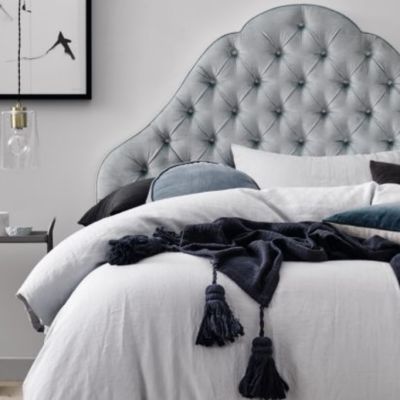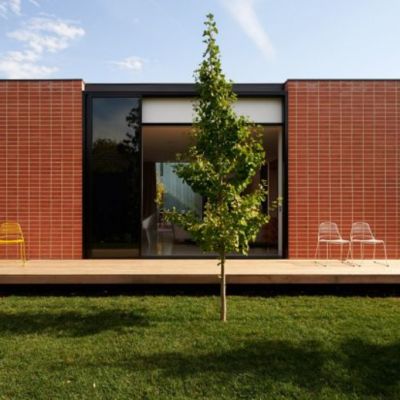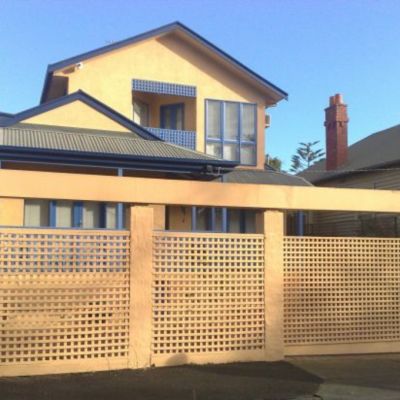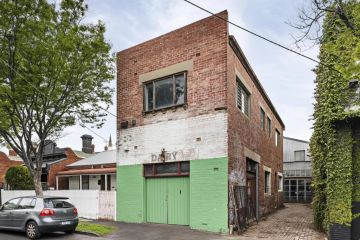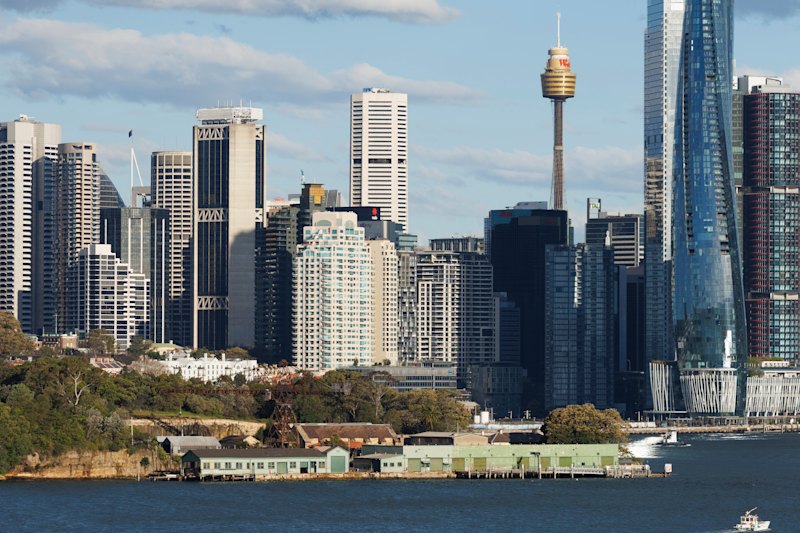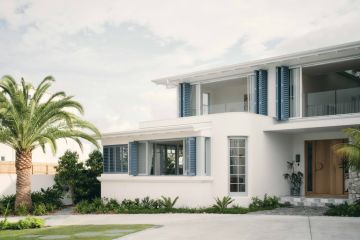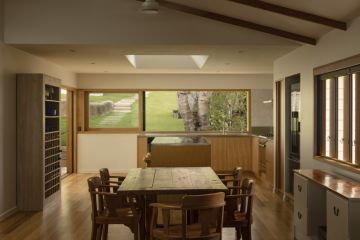Beyond trends: the architectural styles that have become modern classics
Trends are ephemeral details that start by proclaiming “this place is of the moment” and often, by the 10-year mark, end up advertising “this place is so yesterday”.
The “on-trend” cycle is the oil of design marketing, yet the designers and architects confident enough to do their own thing usually leap over or ignore short-shelf fashionability.
What’s become tired? Statement anything. Ply cladding and cabinetry. Corrugated iron. Subway tiling. Low, bottom-heavy furniture – now it’s all about spindly legs and “floating” elements.
Certain homewares, architectural forms and building materials, however, endure to become modern classics. Here are a few:
Black
Always a popular trim for the classic black/white schemes – not to mention 10 Downing Street, the world’s most photographed front door – black became hyper-chic a decade ago.
First used in commercial applications, it kept getting edgier and more ubiquitous until it became the exterior of whole houses and skyscrapers.
 The exterior of a Windsor townhouse by Pleysier Perkins.
The exterior of a Windsor townhouse by Pleysier Perkins.Photo: Emily Bartlett
“Black was confronting,” says Melbourne architect Simon Perkins of Pleysier Perkins. “But it works so well with greenery, fences and red brick walls that it’s now almost a neutral. There’s a timelessness about it.”
 The interior of a Brighton townhouse by Pleysier Perkins.
The interior of a Brighton townhouse by Pleysier Perkins.Photo: Brendan Finn
Concrete
While it seems odd to talk of a product invented by the Romans as enduring beyond the trend, the material was reintroduced into building design in the mid-2000s. Even an architect like Williams Smart, of the benchmarking Sydney practice Smart Design Studio, is bemused by clients beginning to state how much they love concrete.
 Indigo Slam house has won a host of national and international awards.
Indigo Slam house has won a host of national and international awards. Photo: Sharrin Rees
“They didn’t say that 10 years ago when it became ‘in’ “, he says. “Now it is just a material that is here and present; a material we use a lot where appropriate.”
Concrete is the substance of the Smart’s celebrated Indigo Slam, which last year won state, national and international acclaim.
Wood battening
Combining two ongoing trends that began with the rediscovery of timber, especially Australia’s plantation-grown hardwoods, as an “honest-to-material” material, wood-battened fencing, facades and semi-porous screening becomes ever more inventive.
It does much simultaneously by providing shading, privacy, decoration and relief for overlooked neighbours.
 Mosman Bay house by Iredale Pedersen Hook Architects. Photo: Peter Bennetts
Mosman Bay house by Iredale Pedersen Hook Architects. Photo: Peter Bennetts
To protect from WA’s harshest sunlight, the undulating, north-facing upper floor of an elongated Mosman Bay house drew vertical and “up-cycled” jarrah battens all the way along the new residence. The battening begins as cladding and ends as deck screening.
“The screen changes,” says Adrian Iredale of Perth’s Iredale Pedersen Hook Architects, “finally folding down to a trellis on a horizontal plane.”
Clerestory windows
Melbourne architect Steve Domoney uses both clerestory, high-light windows that look at the sky and low lights, floor-level glazing elements that look into garden beds, ponds or sparkling pools – because they deliver so much.
They “float” an over-mantling roof-form “lifting a roof horizontally” and generating “a greater sense of volume to important rooms”. They allow “vistas to sky and to understorey plantings”, thus framing desirable outlook while parrying ugly views.

Domoney uses clerestory windows “to float” the roofs. Photo: Derek Swalwell
High- and low-light windows make for a “fundamentally different way of making a hole in a wall,” Domoney says. “Instead of looking at neighbouring roofs or fence lines, glass walls with solid central insets can become strategic and provide places to put in storage or equipment cabinetry.
“For light and ventilation, high and low lights are more efficient than popping conventional windows in walls.”

A lounge room view of the pool. Photo: Derek Swalwell
We recommend
States
Capital Cities
Capital Cities - Rentals
Popular Areas
Allhomes
More
